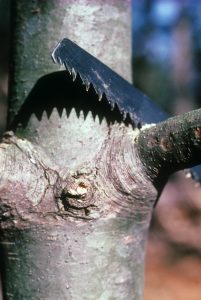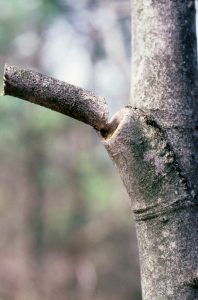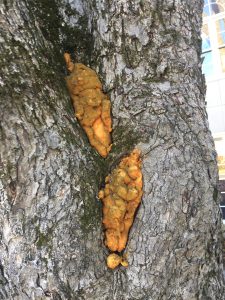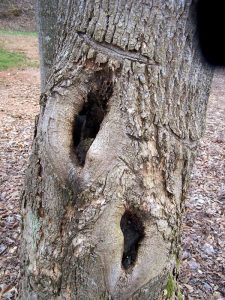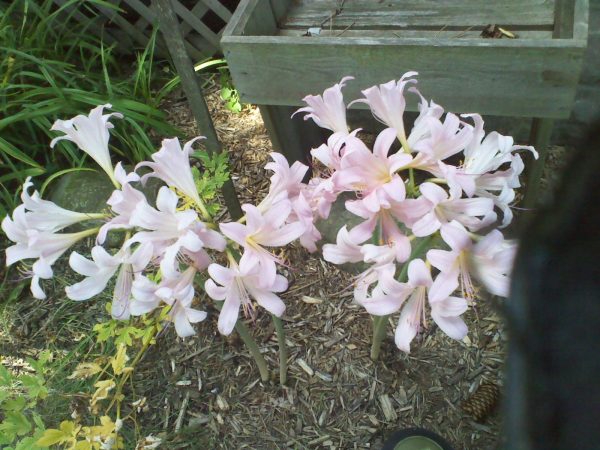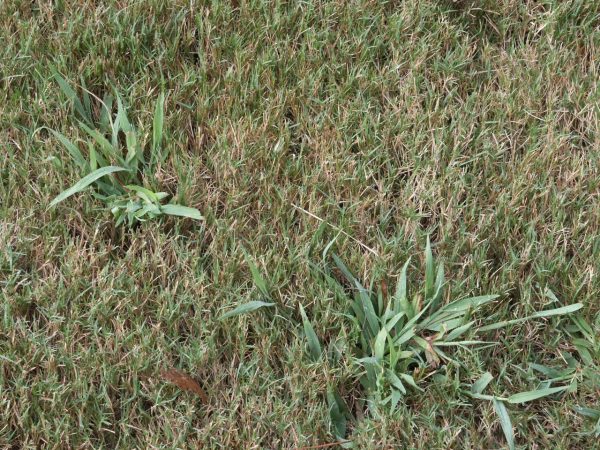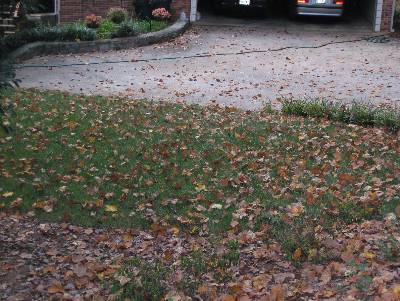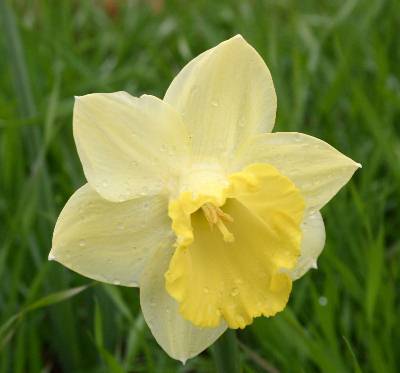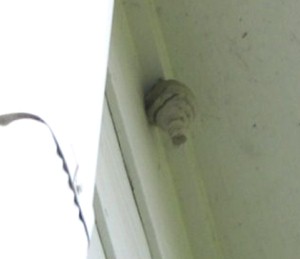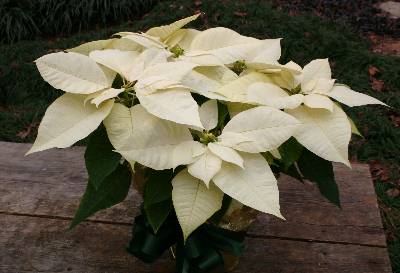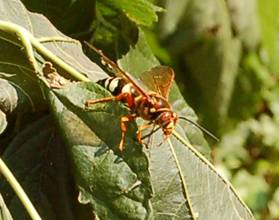How to Treat Tree Wounds,Gouges, and Missing Bark
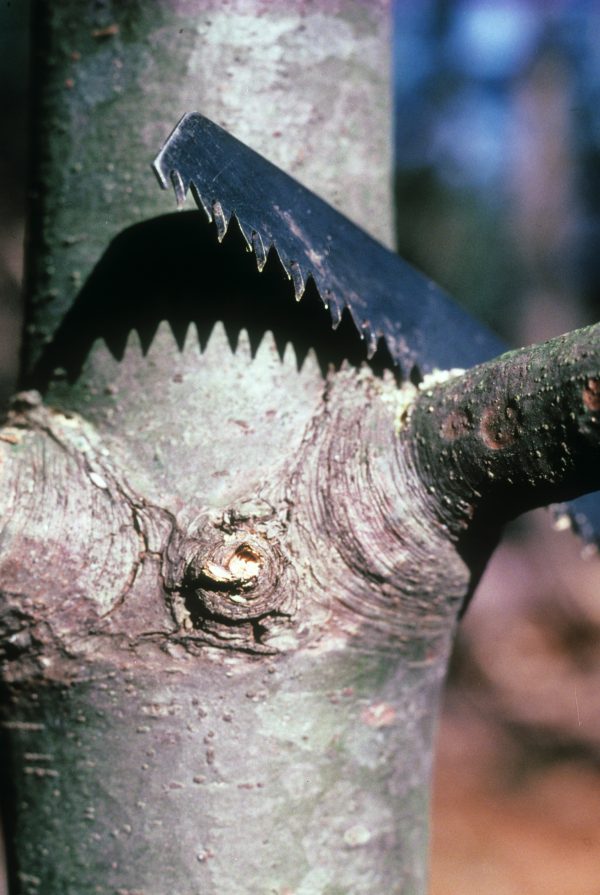
Many things have been touted as “wound dressings” for trees, from buttermilk to honey. I believe that research has shown that tar, paint and other sealants offer no help for a damaged tree.
Trees heal from wounds differently from you or me. When we get a scrape, our bodies rush platelets there to close any bleeding vessels. White blood cells remove the injured cells and new healthy cells repair the damaged tissue under the cover of a layer of clotted blood – a scab.
When a wound is made to a tree’s bark, the tree rushes sap to the spot. The sap keeps the area moist, washes away insects and fungi and protects the inner tree tissue . Cells around the wound fill themselves with special rot fighting liquid that soon hardens. These cells try to surround the wound internally: they compartmentalize the wound. Healthy tree cells on the edge of the wound begin growing over it, trying to cover it over. Trees don’t heal, they seal.
This is why tar, paint, or foam is not recommended when a tree is wounded. They retard the tree’s own defenses and they all eventually crack and allow rot and insects to invade once again.
WHAT YOU SHOULD DO?
1. Use a razor knife to scribe around the wound, back to healthy, tightly=attached bark. The best scribe shape is an elongated oval parallel to the trunk.
2 Increase tree health by mulching, fertilization based on a soil test, and regular irrigation.
3. Observe the whole tree for insect damage: pine sap coming from a wound attracts boring insects which can not be easily controlled, the top of the tree will turn yellow, then brown, far from the initial wound.
WHAT ABOUT TREE HOLES?
Don’t bore a drain hole. As explained above, you’ll breach the tree’s own compartmentalization. Don’t fill with concrete or expanding foam: they damage the inside of the hole and they crack and allow water and insects in.
PRUNE LIMBS PROPERLY “
Large limbs should be taken off in stages. If you try to take off a large limb in one cut, it will often break before the cut is finished and strip bark from the tree.
Large limbs should be taken off in stages. If you try to take off a large limb in one cut, it will often break before the cut is finished and strip bark from the tree.
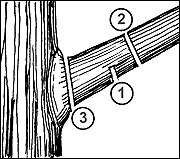
1. First make a cut about 15 inches from the trunk. Start from the bottom and cut one-third of the way up through the limb.
2. The second should be made from the top down but started 2 inches further away from the trunk than the first cut. The branch will break away as you make the second cut.
3. The third cut is made to remove the stub that is left and is made at the collar area.
